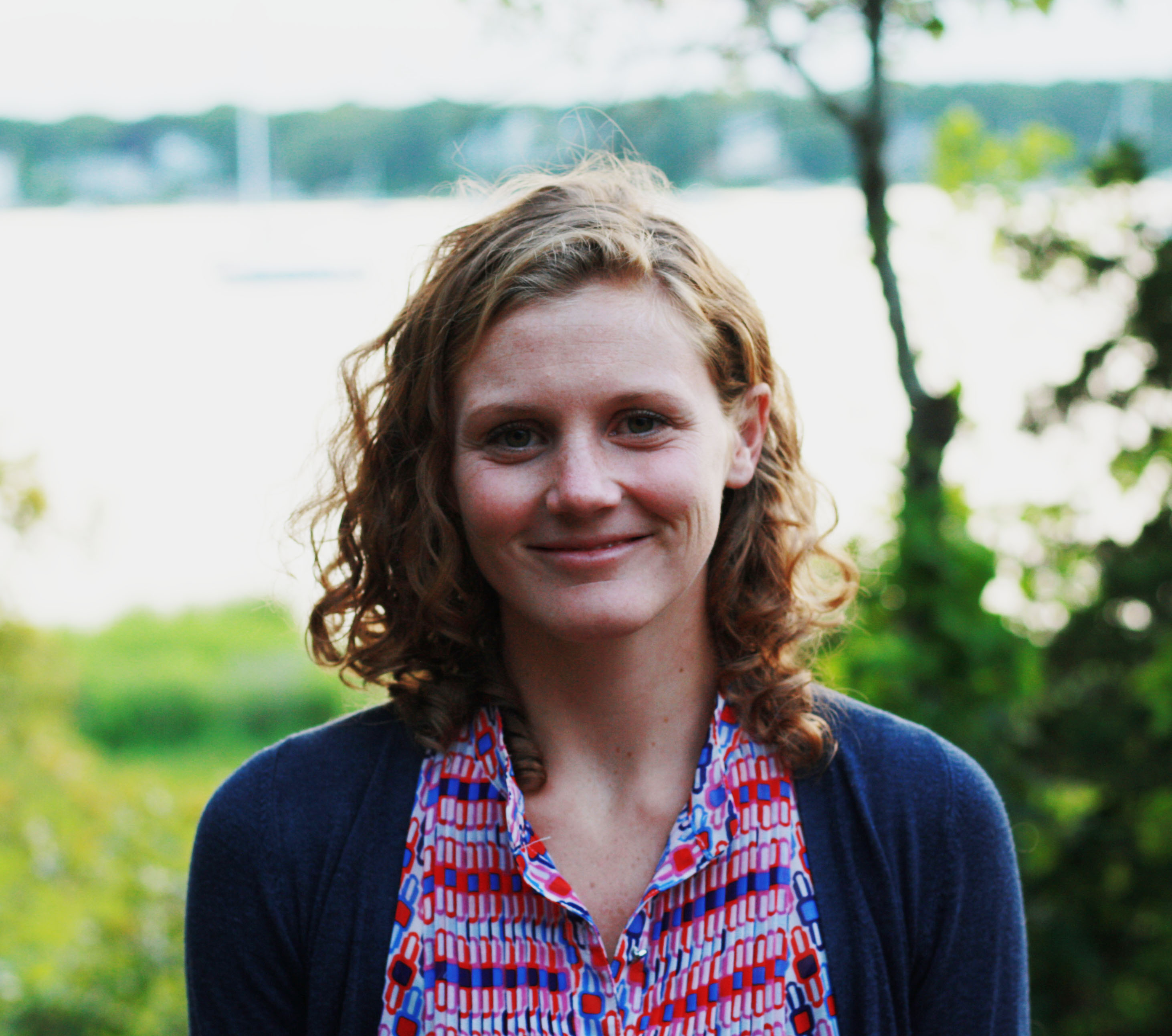Affiliation: University of Chicago

Catherine Kearns is an Assistant Professor in the Department of Classics at the University of Chicago. Dr. Kearns’ research examines the intersections between social and environmental change in Mediterranean landscapes during the Iron Age period. Her first book project, The Rural Landscapes of Archaic Cyprus: An Archaeology of Environmental and Social Change, analyzes the emergence of Archaic communities on the island of Cyprus through their land-use practices, rural economies, and experiences with changing climates. In addition to her work in landscape archaeology, she also studies environmental history, urbanism and hinterlands, and concepts of space and place in antiquity. In recent years she has co-directed fieldwork on Cyprus through the Kalavasos and Maroni Built Environments Project, using geophysics, field survey, excavation and geospatial analysis to identify Iron Age rural settlements, for which she has been awarded ACLS, Loeb Classical Library Foundation and university grants.
The island of Cyprus in the eastern Mediterranean has become a rich site for archaeologies of urbanism and the political economies of complex states, especially during the Bronze Age and Iron Ages. Indeed, many of the island’s current cities are situated on top of the remains of millennia of urban activities. With advances in spatial analyses and remote sensing techniques, however, archaeologists are seeing more traces of the rural and other-than-urban places and communities that surrounded and interacted with ancient cities. These include the fields that people worked and commuted to, the sites of industry and processing that supported or shaped urban economies, as well as the settlements, ritual sites, and cemeteries of smaller-scale groups with uneven attachments to the city. In studying these sites, we stand to gain a more holistic understanding of social and economic processes in periods of urbanization or abandonment. Through a diachronic survey of rural places, from the Bronze Age to Late Antiquity, this talk explores the dynamic and varied social histories that can be explored outside the city walls and their contributions to the archaeology of Cyprus.
The last decade has seen a flourishing of collaborative research on ancient environments, combining natural archives, scientific analyses, archaeological evidence, as well as texts and documents to reconstruct the interactions between humans, environments, and climates, and to understand their histories. In this talk, we will look at ten objects recovered from societies of the ancient Mediterranean that reveal and illustrate some of these discoveries. From sediment cores, to wood charcoal, to cisterns and storage jars, these ten things highlight the ways that physical materials shape human engagements with and perceptions of shifting and changing climates and ecologies. The selections introduce the social and political dimensions of these relationships, from the tools and spaces of working farmers to the worldviews and institutional control of elite statesmen, as well as the techniques scientists and archaeologists use to discern environmental change at multiple scales. These examples raise important questions on new research methods, concepts of heritage and conservation, as well as how archaeologists can contribute to broader discussions on the present and futures of human-environment relationships.
See Catherine Kearns's work in the American Journal of Archaeology.
Notifications